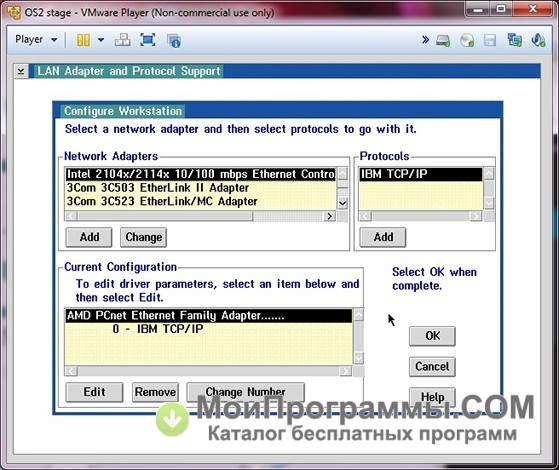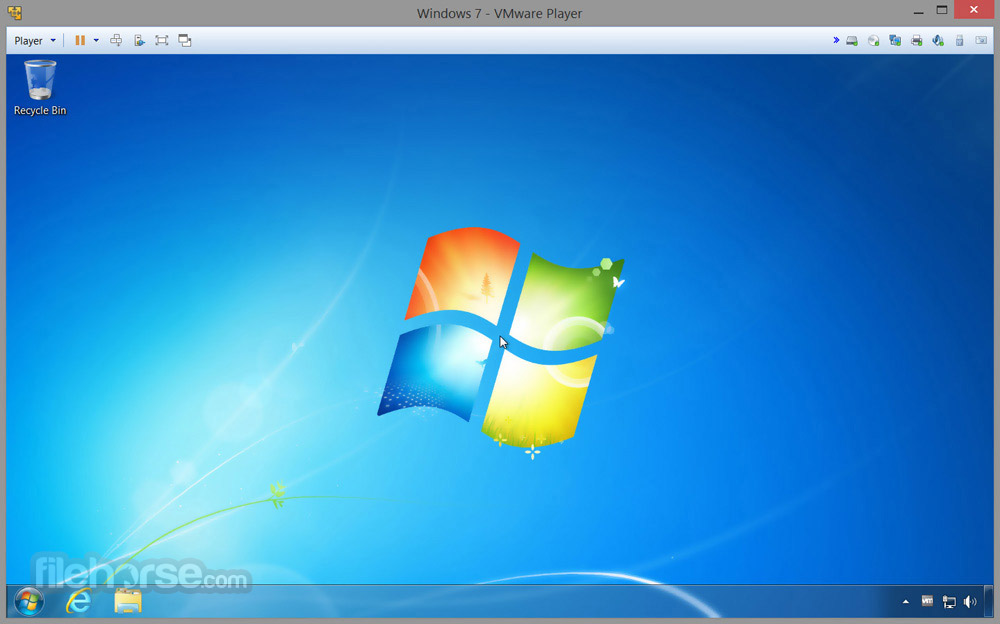
So it is not my laptop, host or virtual stack, it is just guest related configurations all along. The XP VPCs configured by MSFT doesn't have this issue. Windows-7 also supports pre-configured XP Virtual PCs deeply integrated to host (branded as XP mode).

The mouse actions and clicks trail by half to one second. The W-VPC (Windows Virtual PC) still suffers with sluggish mouse performance.

Gave a shot to use the "Windows Virtual PC", after-all, host, virtualization stack and guest are all from same vendor. Windows 7 includes almost all binaries of Virtual PC (rebranded from Microsoft Virtual PC to Windows Virtual PC), just not activated. Though I am not aware of any known issues, your experience might differ if you use an existing virtual machine images. Note: All the hosts/guests referred above are clean-installs, not upgrades or existing virtual images. I had no issues with internet connectivity (no hacks, all out-of-box config). There are many newsgroup discussions around network connectivity issues when using Windows 64bit host. But the bridged network adapter is fine and I have guest-to-host as well as guest-to-world connectivity. Only pending issue is Windows 7 (guest) doesn't recognize second network adapter configured as 'host-only'. At last, I feel comfortable that I can switch from XP to W7 for my guest-os. The W7 guest is booting, shutting-down, hibernates and wakes-up fatser.

Installed VMPlayer (2.5.1 build-126130) on W7-RC-64bit, tried W7-32bit guest as well as XP-Pro-SP3-32bit guest. Windows threats iSCSI drives as LOCAL drives so Adobe should be happy with that.Īpply the same sharing method to give the host access to the content of the iSCSI disk.Host: Windows 7 Ultimate RC 64Bit Guest: Windows 7 Ultimate RC 32bit and XP-Pro with SP3 32bit On the VM use the build-in iSCSI connector. On the host install iSCSI target software and expose a large file through that as virtual disk. If you don't want to muck around with partitions or are not able to re-partition the host system there is another method as well (and this will certainly work on Player even if the above isn't possible): You need to take this roundabout route because you can't have concurrent access by host and VM on the partition itself. On the VM share this partition so the host can access it via the share. Then map this partition directly on the VM. Format this as usual as NTFS, etc, but after you have setup the partition go to DiskAdministrator on the host en remove the drive-letter. You create a separate disk-partition on the host specifically for these files.

(If not see below for the other variant.) There is a trick to do this in VMWare Workstation, but I don't know for sure of Player can do it too.


 0 kommentar(er)
0 kommentar(er)
